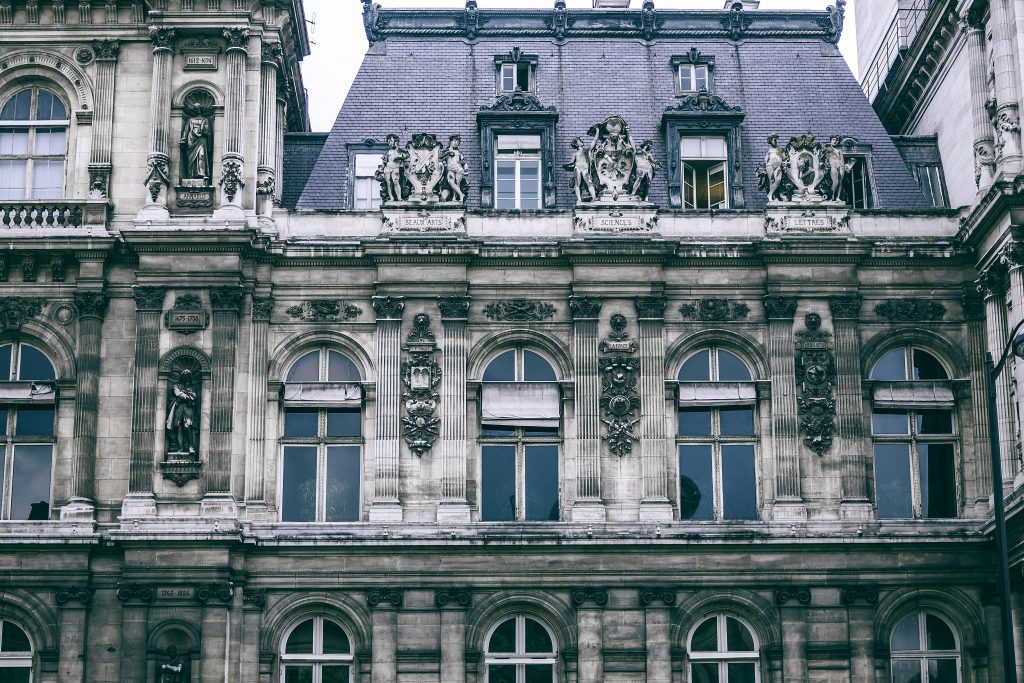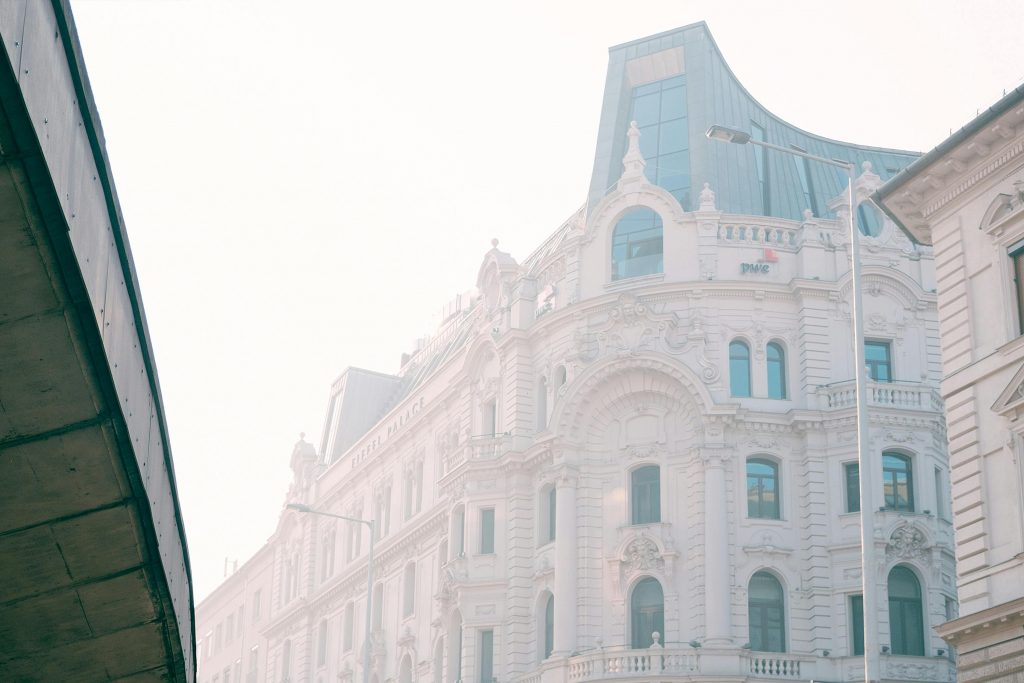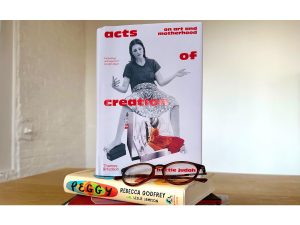Introduction to Art Nouveau in France
Art Nouveau, a revolutionary artistic movement that blossomed in the late 19th and early 20th centuries, found one of its most vibrant expressions in France. Characterized by its sinuous lines, organic forms, and intricate details, Art Nouveau sought to break free from the rigid constraints of academic art, embracing a more natural and fluid aesthetic. In France, this movement flourished across various artistic disciplines, leaving an indelible mark on architecture, decorative arts, and design.
France’s interpretation of Art Nouveau was influenced by both domestic and international trends, resulting in a rich and diverse body of work. French artists and architects drew inspiration from nature, incorporating motifs such as flowers, plants, and flowing water into their creations. This article delves into the key aspects of Art Nouveau in France, highlighting its architectural wonders, notable artists, and enduring legacy in the cultural landscape.

The Architectural Splendor of French Art Nouveau
The architectural manifestations of Art Nouveau in France are among the most celebrated and iconic examples of the movement. Hector Guimard, one of the foremost architects of the era, became synonymous with French Art Nouveau through his designs for the Paris Métro entrances. These iconic structures, with their graceful ironwork and organic shapes, exemplify the movement’s emphasis on beauty and functionality. Guimard’s buildings, such as Castel Béranger, further showcase his mastery of fluid lines and ornamental detail.
Other notable architects contributed to the architectural splendor of Art Nouveau in France. Jules Lavirotte, known for his elaborate and whimsical facades, designed several remarkable buildings in Paris. His Lavirotte Building on Avenue Rapp features an ornate facade adorned with sculpted figures, floral motifs, and intricate ironwork. These architectural marvels not only transformed the urban landscape but also set a new standard for innovation and artistic expression in building design.
The Parisian Influence
Paris, the cultural capital of France, played a pivotal role in the development and dissemination of Art Nouveau. The city’s vibrant artistic community and dynamic social scene provided fertile ground for the movement to flourish. The 1900 Exposition Universelle in Paris was a significant event that showcased Art Nouveau to an international audience, featuring works by leading artists and designers of the time.
The influence of Paris extended beyond architecture to encompass various forms of visual art and design. The city’s galleries, salons, and cafes became gathering places for artists, writers, and intellectuals who embraced the ideals of Art Nouveau. This creative milieu fostered a spirit of experimentation and collaboration, resulting in a rich tapestry of artistic output that defined the era.

Prominent Artists of French Art Nouveau
Art Nouveau in France was not confined to architecture; it also found expression in the works of numerous painters, sculptors, and illustrators. One of the most renowned artists of the movement was Alphonse Mucha, whose posters and illustrations became emblematic of Art Nouveau’s aesthetic. Mucha’s work, characterized by its flowing lines, intricate details, and harmonious color palettes, captured the essence of the movement’s emphasis on beauty and nature.
Another influential artist was Émile Gallé, a master of glasswork and ceramics. Gallé’s creations, inspired by the natural world, featured delicate floral motifs and organic shapes. His innovative techniques and exquisite craftsmanship elevated decorative arts to new heights, making him a central figure in the Art Nouveau movement. The works of Mucha, Gallé, and other artists of the time continue to be celebrated for their artistic brilliance and enduring appeal.
Decorative Arts and Design
The decorative arts played a crucial role in the Art Nouveau movement, with French artisans leading the way in the creation of stunning furniture, glassware, and jewelry. The École de Nancy, a group of artists and craftsmen based in the city of Nancy, was instrumental in advancing the decorative arts during this period. Led by figures such as Émile Gallé and Louis Majorelle, the École de Nancy produced works that seamlessly blended artistry with functionality.
French Art Nouveau furniture, often characterized by its curvilinear forms and elaborate inlays, exemplified the movement’s commitment to craftsmanship and aesthetic harmony. Majorelle’s furniture designs, in particular, showcased intricate marquetry and sculptural elements inspired by nature. The influence of Art Nouveau extended to jewelry design as well, with artists like René Lalique creating pieces that featured intricate detailing and organic motifs.
The Role of Graphic Arts and Posters
Graphic arts and posters were vital mediums for the dissemination of Art Nouveau aesthetics in France. Artists like Alphonse Mucha and Jules Chéret revolutionized poster design with their innovative approaches. Mucha’s posters, often depicting ethereal female figures surrounded by floral and botanical motifs, became iconic representations of the movement. His work for clients such as Sarah Bernhardt and various commercial brands elevated the status of posters from mere advertisements to works of art.
Jules Chéret, known as the father of the modern poster, also played a significant role in popularizing Art Nouveau through his vibrant and dynamic designs. His posters, characterized by bold colors and lively compositions, captured the spirit of the Belle Époque and helped to establish the poster as a legitimate artistic medium. The widespread visibility of these posters contributed to the broader public’s appreciation and recognition of Art Nouveau.
The Impact on Everyday Life
Art Nouveau’s influence permeated everyday life in France, extending beyond the realms of high art and architecture. The movement’s principles were applied to a wide range of everyday objects, from household items to fashion. French designers created textiles, wallpaper, and ceramics that featured the characteristic flowing lines and natural motifs of Art Nouveau. These items brought the beauty and elegance of the movement into the homes of ordinary people.
In the realm of fashion, designers such as Paul Poiret embraced the fluid forms and organic patterns of Art Nouveau. Poiret’s innovative designs broke away from the rigid silhouettes of the past, offering women more freedom of movement and expression. The influence of Art Nouveau on fashion not only transformed clothing styles but also reflected broader cultural shifts towards modernity and individuality.
Conclusion
Art Nouveau in France, with its emphasis on beauty, nature, and innovation, represents a golden age of artistic expression. From the architectural masterpieces of Hector Guimard and Jules Lavirotte to the exquisite glasswork of Émile Gallé and the iconic posters of Alphonse Mucha, the movement left an enduring legacy in the cultural landscape of France. The principles of Art Nouveau, with their focus on harmony and fluidity, continue to inspire artists and designers today, serving as a testament to the timeless appeal of this remarkable period in art history.



